Mandala| Hq, Buddhist Handmade Thangka Painting of Old Kalachakra Mandala Mandala, Hand Painted, Student Mandala
US$10
Shipping Calculation
The shipping weight for 1 piece of the product is 0.50 kg, and shipping cost is USD31.00.
Note: Shipping Charge for this product will be calculated based on volumetric(dimensional) weight.
We normally dispatch orders within 2 to 5 business days. If there are any delays, we will personally inform the buyer about the dispatch date.
We accept Paypal | Credit/Debit Card | Bank Transfer | Money Transfer / Remit
Click Here for more Information.
We offer a simple 7-day money-back policy, with the buyer responsible for return shipping.
Click Here for more Information.

Safe Payment
We accept Paypal, Money Transfer, Bank Transfer
Confidence
Protection covers your purchase and personal data.
Worldwide Delivery
We ship Worldwide, except Russia.Shipping cost US$25.2 for upto 0.5 kgs

Hotline
Talk to help line for your question on 9841267335Mandala Thangka painting is a revered form of sacred art in Buddhism, characterized by intricate and vibrant depictions on cotton or silk. These paintings often feature a central deity or Buddha figure surrounded by meticulously crafted symmetrical patterns, geometric designs, and symbolic elements. Mandala Thangkas serve as visual aids for meditation and spiritual growth, guiding practitioners towards inner peace, harmony, and enlightenment. Through their precise brushwork and rich symbolism, these artworks invite viewers to contemplate the profound spiritual journey within themselves, fostering mindfulness, concentration, and a deeper connection with the universal truths of Buddhism.
Hinduism and buddhism
Buddhism
Tibetan for mandala in Vajrayana Buddhism usually depicts a landscape of the "Buddha-land", or the enlightened vision of a Buddha, which inevitably represents the nature of experience and the intricacies of both the enlightened and confused mind, or "a microcosm representing various divine powers at work in the universe." Such mandalas consist of an outer circular mandala and an inner square (or sometimes circular) mandala with an ornately decorated mandala "palace" placed at the center. Any part of the inner mandala can be occupied by Buddhist glyphs and symbols, as well as by images of its associated deities, which "symbolise different stages in the process of the realisation of the truth."
Kvarne (1975: p. 164) in his extended discussion of sahaja, discusses the relationship of sadhana interiority and exteriority in relation to mandala thus:
"...external ritual and internal sadhana form an indistinguishable whole, and this unity finds its most pregnant expression in the form of the mandala, the sacred enclosure consisting of concentric squares and circles drawn on the ground and representing that adamant plane of being on which the aspirant to Buddha hood wishes to establish himself. The unfolding of the tantric ritual depends on the mandala; and where a material mandala is not employed, the adept proceeds to construct one mentally in the course of his meditation."
Mandalas are commonly used by tantric Buddhists as an aid to meditation. More specifically, a Buddhist mandala is envisaged as a "sacred space," a "Pure Buddha Realm," and also as an abode of fully realised beings or deities. While on the one hand, the mandala is regarded as a place separated and protected from the ever-changing and impure outer world of samsara, and is thus seen as a "Buddhafield" or a place of Nirvana and peace, the view of Vajrayana Buddhism sees the greatest protection from samsara being the power to see samsaric confusion as the "shadow" of purity (which then points towards it). By visualizing "pure lands," one learns to understand experience itself as pure, and as the abode of enlightenment. The protection that we need, in this view, is from our own minds, as much as from external sources of confusion. In many tantric mandalas, this aspect of separation and protection from the outer samsaric world is depicted by "the four outer circles: the purifying fire of wisdom, the vajra circle, the circle with the eight tombs, the lotus circle." The ring of vajras forms a connected fence-like arrangement running around the perimeter of the outer mandala circle.
The mandala is also "a support for the meditating person," something to be repeatedly contemplated to the point of saturation, such that the image of the mandala becomes fully internalised in even the minutest detail and can then be summoned and contemplated at will as a clear and vivid visualized image. With every mandala comes what Tucci calls "its associated liturgy...contained in texts known as tantras," instructing practitioners on how the mandala should be drawn, built and visualised, and indicating the mantras to be recited during its ritual use.
As a meditation on impermanence (a central teaching of Buddhism), after days or weeks of creating the intricate pattern of a sand mandala, the sand is brushed together and placed in a body of running water to spread the blessings of the mandala.
A mandala can also represent the entire universe, which is traditionally depicted with Mount Meru as the axis mundi in the center, surrounded by the continents. A "mandala offering" in Tibetan Buddhism is a symbolic offering of the entire universe. Every intricate detail of these mandalas is fixed in the tradition and has specific symbolic meanings, often on more than one level.
The mandala can be shown to represent in visual form the core essence of the Vajrayana teachings. In the mandala, the outer circle of fire usually symbolises wisdom. The ring of 8 charnel grounds represents the Buddhist exhortation to always be mindful of death, and the impermanence with which samsara is suffused: "such locations were utilized in order to confront and to realize the transient nature of life." Described elsewhere: "within a flaming rainbow nimbus and encircled by a black ring of dorjes, the major outer ring depicts the eight great charnel grounds, to emphasize the dangerous nature of human life." Inside these rings lie the walls of the mandala palace itself, specifically a place populated by deities and Buddhas.
One well-known type of mandala, in Japan is the mandala of the "Five Buddhas", archetypal Buddha forms embodying various aspects of enlightenment. Such Buddhas are depicted depending on the school of Buddhism, and even the specific purpose of the mandala. A common mandala of this type is that of the Five Wisdom Buddhas (a.k.a. Five Jinas), the Buddhas Vairocana, Aksobhya, Ratnasambhava, Amitabha and Amoghasiddhi. When paired with another mandala depicting the Five Wisdom Kings, this forms the Mandala of the Two Realms.
Hindisum
A yantra is a two- or three-dimensional geometric composition used in sadhanas, or meditative rituals. It is thought to be the abode of the deity. Each yantra is unique and calls the deity into the presence of the
practitioner through the elaborate symbolic geometric designs. According to one scholar, "Yantras function as revelatory symbols of cosmic truths and as instructional charts of the spiritual aspect of human experience"
Many situate yantras as central focus points for Hindu tantric practice.Yantras are not representations, but are lived, experiential, nondual realities. As Khanna describes:
Despite its cosmic meanings a yantra is a reality lived. Because of the relationship that exists in the Tantras between the outer world (the macrocosm) and man's inner world (the microcosm), every symbol in a yantra is ambivalently resonant in inner-outer synthesis, and is associated with the subtle body and aspects of human consciousness
The Tibetan word for mandala is "kilkhor" which means "centre of the circle with exteriors walls and surrounding environment." Mandalas may be created with precious jewels, flowers, dyed rice, coloured stones, or coloured sand. Sand, traditionally made from crushed precious stones, is considered the most efficacious materials because of the precious substances involved and the great skill required to create the mandalas' exquisite details. Since each grain of sand is charged with the blessings of the ritual process, the entire sand mandala embodies a vast store of spiritual energy.
According to Buddhist history, the purpose, meanings, and techniques involved in the spiritual art of sand mandala painting were taught by Shakyamuni, the historical Buddha in the sixth century B.C. in India. Over the centuries the Kalachakra teachings have been transmitted in an unbroken lineage from teacher to student. In the 11th century the Kalachakra went from India to Tibet and during the 18th century the VII Dalai Lama introduced it to the Namgyal Monastery. This continuous lineage extends to the XIV Dalai Lama of our own time.
Each mandala is a sacred mansion, the home of particular meditational deity, who represent and embodies enlightened qualities ranging from compassion to heightened consciousness and bliss. In the Tibetan Buddhist tradition, mandalas are created for rituals of initiation in which a highly qualified teacher grants permission to advanced disciples to engage in the tantric meditation practices. Both the deity, which resides at the centre of the mandala, and the mandala itself are recognised as pure expressions of the Buddha's fully enlightened mind. Symbolically the deity confers the initiations and the mandala is where the initiations takes place. Through the initiations ceremony the seed of enlightenment in each person's mind is nourished by the dynamic process of visualising and contemplating a mandala.
In essence the ceremony involves the transportation of disturbing emotions into beneficial intuition and wisdom. Normally such an initiation is given at the request of an individual or group of people. The altruistic motivation of the artist and sponsor is essential to the creation of mandala.
The Mandala
Everything in this mandala is the symbolic representation of some aspect of the Kalachakra deity and the deity's universe. There are 722 deities in the mandala which symbolise various manifestations of aspects of consciousness and reality, all part of the ultimate wisdom of the Kalachakra deity. Understanding and interpreting all of the symbols included in the mandala would be like reading the Kalachakra texts, which contains a vast range of teachings from cosmology to epistemology to psychology.
The Kalachakra Tantra is interpreted at three levels referred to as external, internal and alternative. The external concerns the laws of time and space of this physical world and accordingly deals with astronomy, astrology and mathematics. The internal concerns the elements and structure of the human body, including its energy system. The alternative is the doctrine, path and fruit of the actual meditational deity and its circular mandala abode.
The Kalachakra deity resides in the centre of the mandala. His palace consists of our mandala, one within another: the mandala of body, the mandala of speech, that of mind, and the very centre, wisdom and great bliss.
The palace is divided into four quadrants each with walls, gates, and a centre. The colours are specific representations of the elements and mental types. Black, in the east, is associated with the element of winds. The south is red, its elements is fire. The west is yellow, associated with the element of earth, and the north is white, represent water.
The square palace of the 722 deities is seated upon the first concentric circles, the first of which of which represents the earth. The other circles, represent water, fire, wind, space, and consciousness extend beyond the wall of the palace. The outer circles, a representation of the cosmos, is a source of Tibetan astrology. The ten wrathful deities who reside in one of the outer, concentric circles of the mandala serve as its protectors.
The Kalachakra sand mandala is dedicated to peace and physical balance, both for individual and for the world, thanks to the deities carefully among minute human, animal and floral forms, abstract pictographs, and the Sanskrit syllables that comprises the mandala's design.
Although depicted here on a flat surface, the mandala is actually three-dimensional, being a five-storeyed "divine mansion", at the centre of which stands the Kalachakra deity the manifest state of Enlightenment.
A person who simply sees this mandala many feel peace on many levels. According to the Dalai Lama, the Kalachakra deities create a favourable atmosphere, reducing tension and violence in the world. "It is a way of planting a seed, and the seed will have karmic effect. One doesn't need to be present at the Kalachakra ceremony in order to receive its benefits," he explains.
Mantra of Kalachakra
A thangka, also known as tangka, thanka, or tanka, is a vibrant and intricate Tibetan Buddhist painting that serves as a visual representation of spiritual teachings. Crafted with meticulous detail on cotton or silk appliqué, thangkas depict a wide range of subjects including Buddhist deities, sacred scenes, mandalas, and narrative stories. These sacred artworks are traditionally kept unframed and rolled up for storage, resembling ancient scrolls. To protect their delicate nature, thangkas are mounted on textile backings and often adorned with a silk cover on the front. Proper preservation in dry environments is crucial to maintain the integrity and longevity of the silk.
Thangkas come in various sizes, ranging from small pieces resembling Western half-length portraits to grand-scale creations spanning several meters in each dimension. While the larger thangkas are intended for temporary display during religious festivals, the majority of these artworks are designed for personal meditation or as educational aids for monastic students. The compositions of thangkas are meticulously crafted, featuring intricate details and often incorporating numerous small figures. A central deity or focal point is typically surrounded by a symmetrical arrangement of other divine beings, symbols, or narrative elements that convey profound spiritual teachings.
How is Thangka made

First, the canvas on which the painting is to be executed is laid on a wooden frame to determine the required dimensions. This canvas is an extremely finely woven cotton material, referred to in the Holy Scriptures as "Ãura Canvas".

Then the canvas is cut, hemmed and, with the use of sturdy strings, very tightly mounted in the wooden frame. Painting is carried out with the frame in an upright position, without any further rigid support or backing.

In this studio, our primary artist, who works virtually exclusively for us, applies the undercoat consisting of a mixture of chalk and glue to the canvas by hand. Other Thangka workshops have turned to mainly using industrially pre-primed canvas.
This photo shows how the canvas, after receiving its base coat followed by a second coating of bone glue, is polished and smoothed by hand with a stone to attain a perfectly smooth, featureless painting surface. Through this process the canvas becomes quite rigid, thereby providing perfect conditions to evoke very finest artistic detail and over-all superior painting quality.

Using a different Thangka, we see how, after mounting, the complete basic pattern of the respective theme is applied to the canvas.

The following picture shows the steps in creating a gold-based Thangka, such as our No PH 9, the "Holy Mount Kailash". To achieve more intensive colour, yet another prime coat, in ochre, is applied, followed by a coat of pure gold. The so-called Thangka painting gold is traditionally produced by members of the Newar people in Nepal. 24-karat gold is ground to finest powder and mixed with bone glue and water in proportions suitable for direct use in painting. Thus, the Thangka gold is not gold leaf at all! Silver can be processed and used in the same way: Mount Kailash and the surrounding peaks in our completed Thangka were not painted with white paint, rather with precious silver.

Here, the nearly completed piece has been removed from the wooden frame. Now only the very finest finishing touches remain to be added, such as compacting the gold and giving Mount Kailash its silver mantle.

K. Lama regarded his already half-finished thangka proudly

The Mount Kailash Thangka, including the black margin (which can also facilitate the fastening of a traditional brocade frame), is now complete. Only the background gold must be compacted in the places where it is later intended to exhibit a sheen.

Here we see an old ballpoint pen casing into which a specially cut agate has been fitted. The back of this semi-precious stone is slightly concave and can be used to compact gold over extensive areas of the Thangka, while the blunt point is used to lineally compact gold, thus creating a shiny effect.
In this way, through partial compaction of the gold or refraining from compaction, nearly three-dimensional effects can be achieved. The glorious sheen of gold artistically treated in this way richly rewards the beholder or meditator with a Thangka possessed of an extraordinarily aesthetic aura.
Thangka Making Video
You may also want to read the related articles :
At Handicraft Seller, we believe in providing a seamless and user-friendly experience to our valued customers. While our website is not an online shopping platform, we have incorporated a shopping cart system to simplify the process of sending us your inquiries. Please follow the steps below to place your order:
Step 1: Browsing the Selection
Explore our website to discover a delightful array of authentic Nepali handicraft products.
Click on the products you are interested in to view detailed descriptions and images.
Step 2: Adding Items to Your Inquiry Cart
To express your interest in a particular product, click the "Add to Inquiry Cart" button associated with that item.
The shopping cart will accumulate your selected products, providing a convenient way to organize your choices.
Step 3: Reviewing Your Inquiry Cart
Once you have finished selecting the items you wish to inquire about, review your "Inquiry Cart" to ensure accuracy.
Step 4: Sending Your Inquiries
Proceed to submit your inquiries by clicking the "Submit Inquiry" button.
A form will prompt you to provide your contact details, the selected products, and any specific queries you may have.
Step 5: Communicating through Email
As we do not have an automated payment system, we will conduct the business process through email.
Our team will review your inquiries and respond via email, offering further assistance and guidance.
Step 6: Clarifying Details and Finalizing Your Order
Engage in direct communication with our team to clarify any additional information or customization requests.
Once you are satisfied with the details, we will provide you with payment instructions and confirm the order.
Step 7: Completing the Transaction
Make the payment through the designated method as provided in the email.
After receiving the payment, we will process your order and prepare it for shipment.
Step 8: Shipping and Delivery
We offer worldwide shipping for all our products.
Once your order is dispatched, we will provide you with shipping details and tracking information.
Step 9: Receiving and Enjoying Your Handicrafts
Wait for your exquisite handicrafts to arrive at your doorstep.
Unpack and revel in the beauty and craftsmanship of your chosen Nepali treasures.
Contacting Us
If you encounter any complications while submitting your inquiries or need further assistance, please feel free to contact us.
Preferably, reach out to us through mobile communication applications or email for prompt responses and support.
We hope this straightforward ordering process ensures a delightful and satisfying experience with Handicraft Seller. Thank you for choosing us to connect you with the rich heritage of Nepali handicrafts.
Return Policy
We have a 7 days money back policy but buyer have to pay the return shipping charges.
Shipping
- Shipping cost USD US$25.2 for upto 0.5 kgs
- We ship Worldwide, Except Russia and India.
- The deliver duration varies for international Shipping location. We normally dispatch the product in 2 -3 business days. Else Buyer will be infromed Personally about the shipping.


![Mandala|[hq], Buddhist Handmade Thangka Painting Of [old Kalachakra Mandala] Mandala, [hand Painted], [student Mandala]](https://handicraftseller.com/uploads/pics/product/thumb/2022/05/25489.jpg)
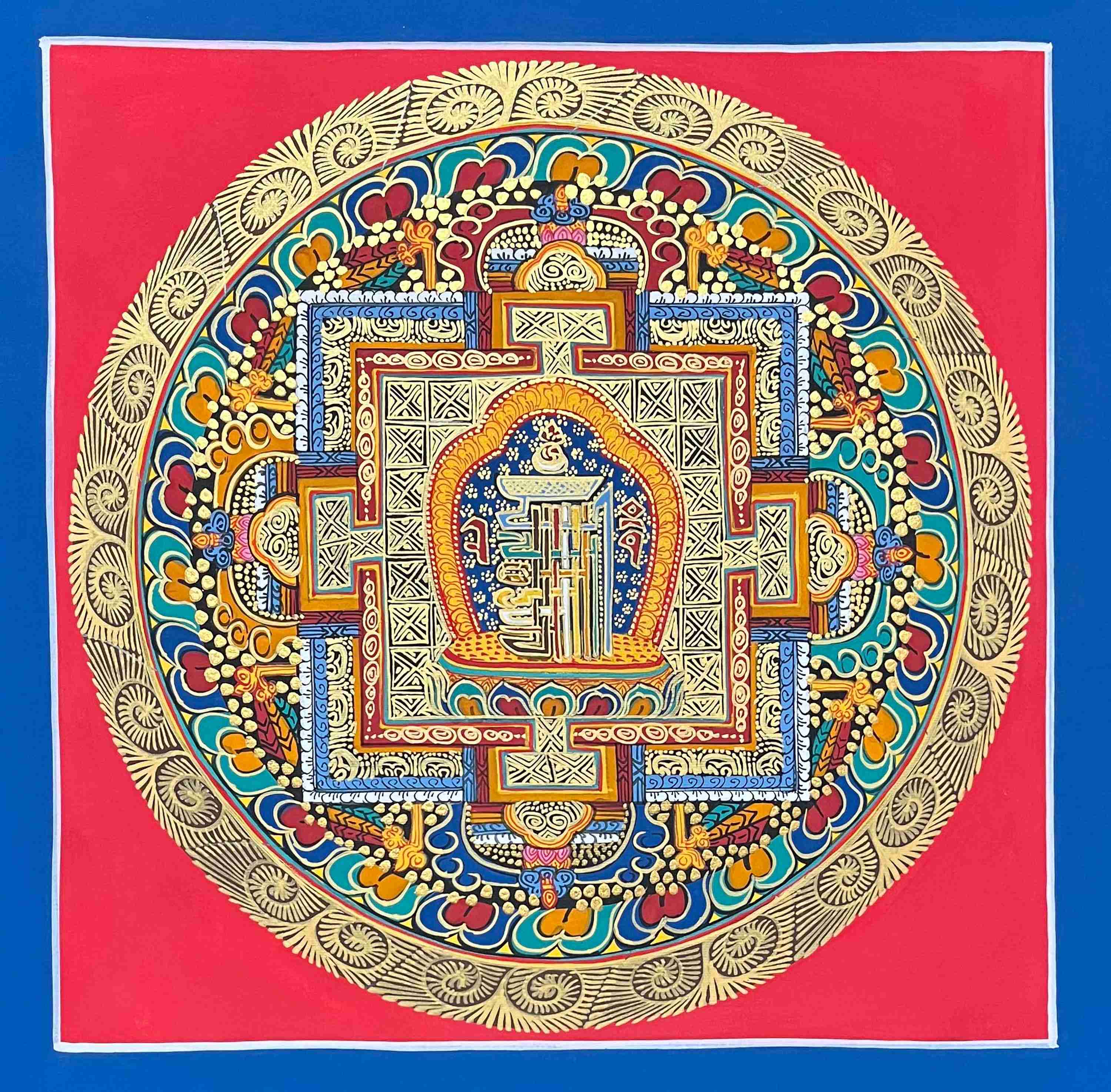
 Hq, Buddhist Handmade Thangka Painting
Hq, Buddhist Handmade Thangka Painting 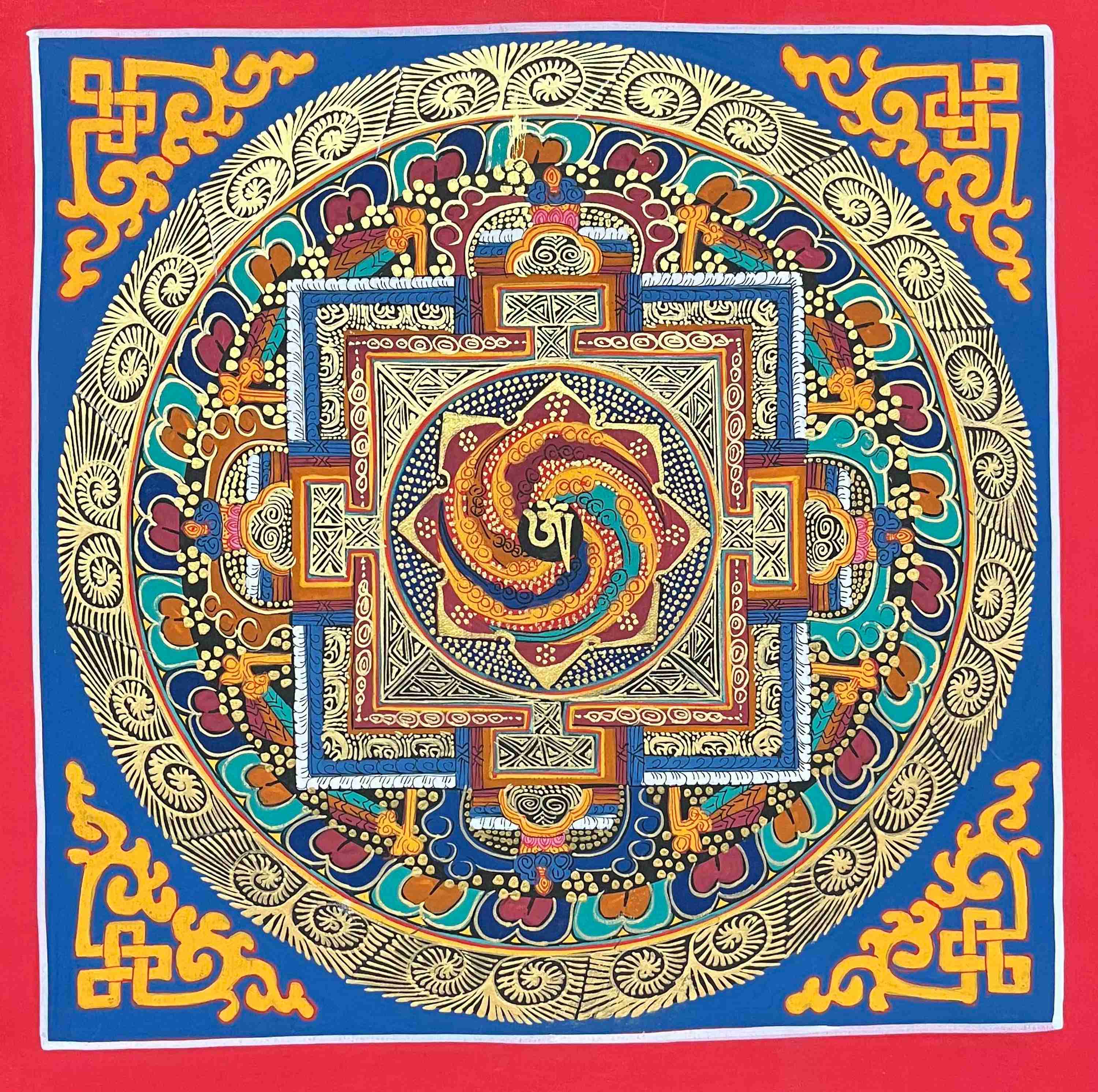 Hq, Buddhist Handmade Thangka Painting
Hq, Buddhist Handmade Thangka Painting  with
with 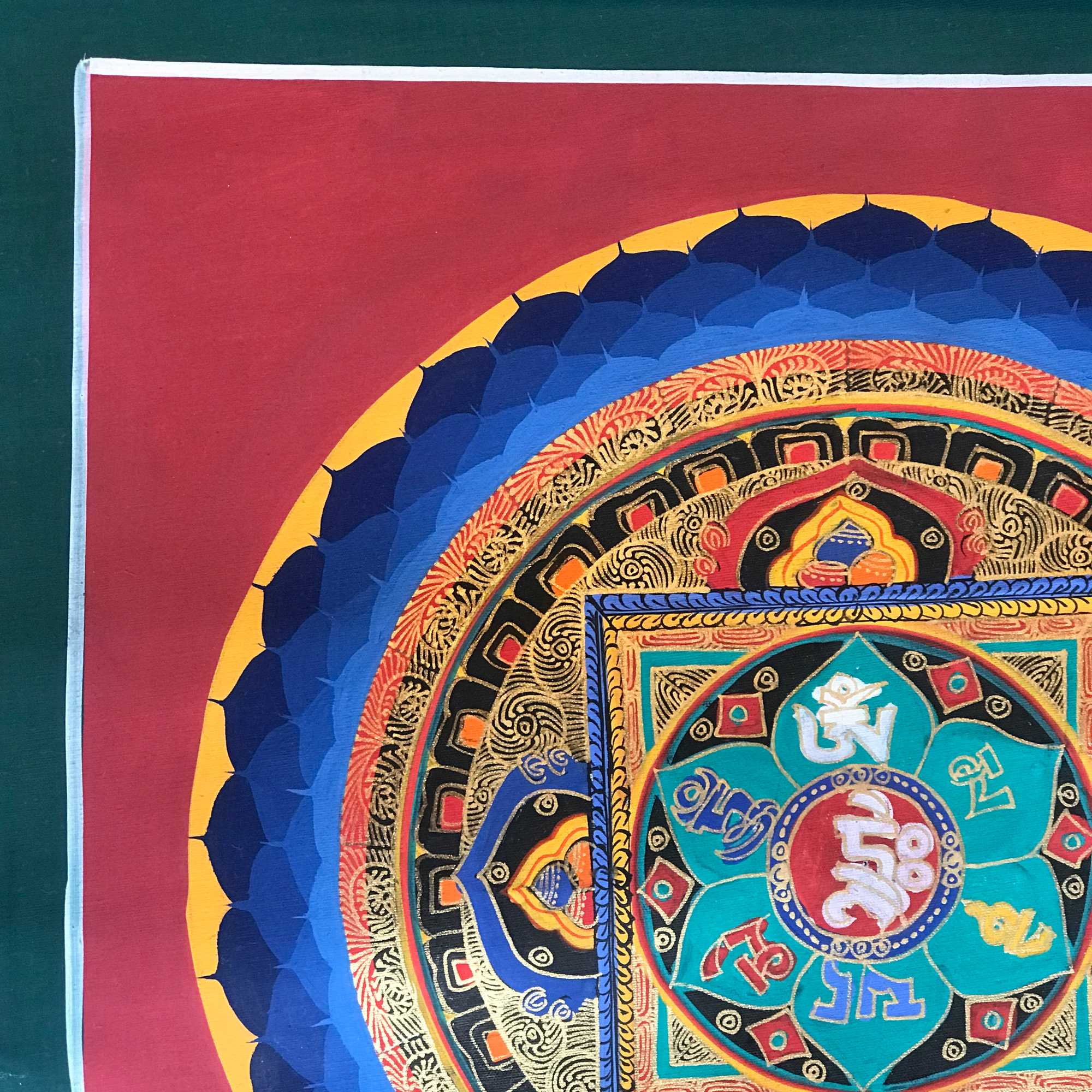 with
with  with Om Mani Padme Hum,
with Om Mani Padme Hum, 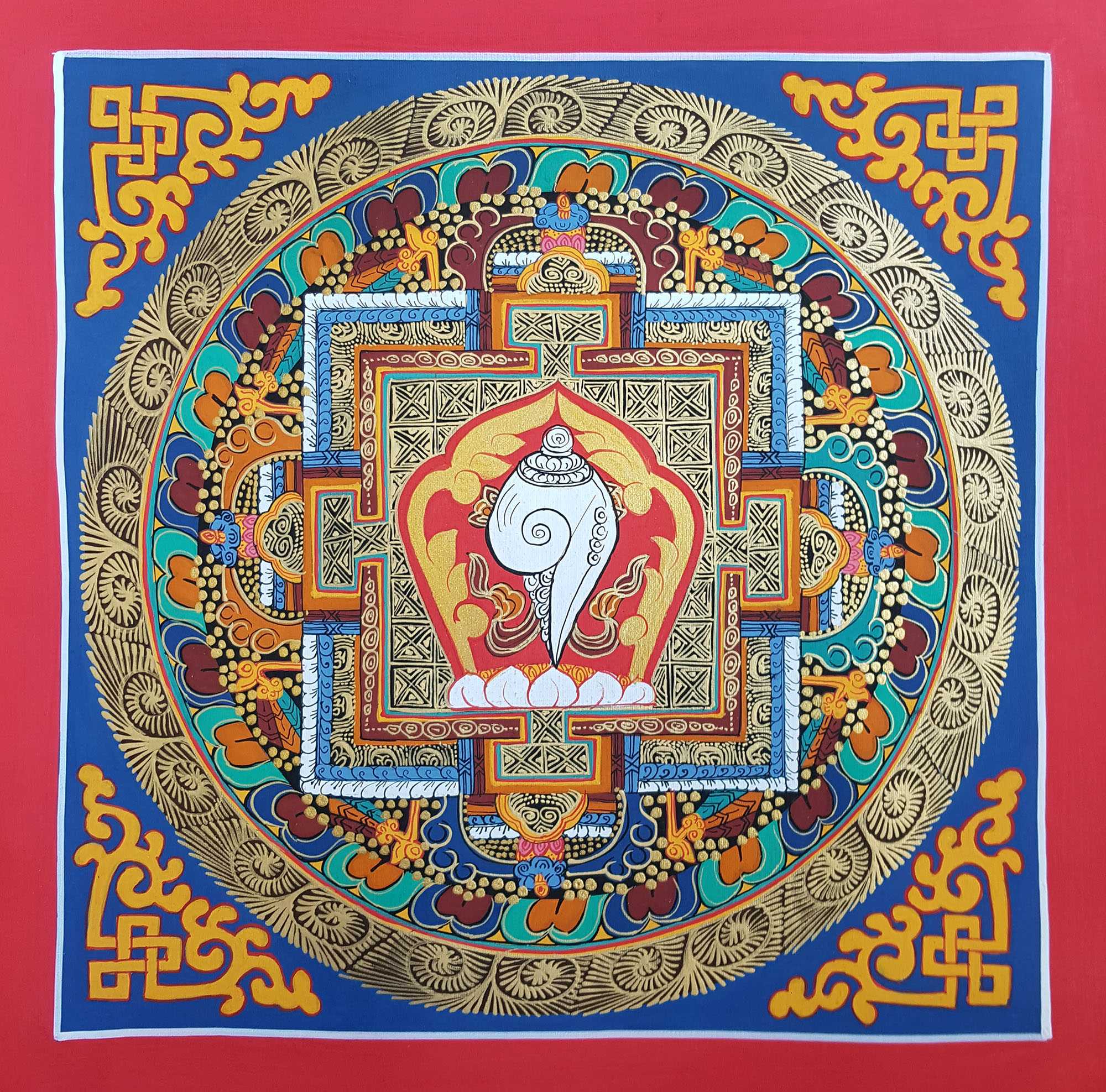 Good Quality,
Good Quality, 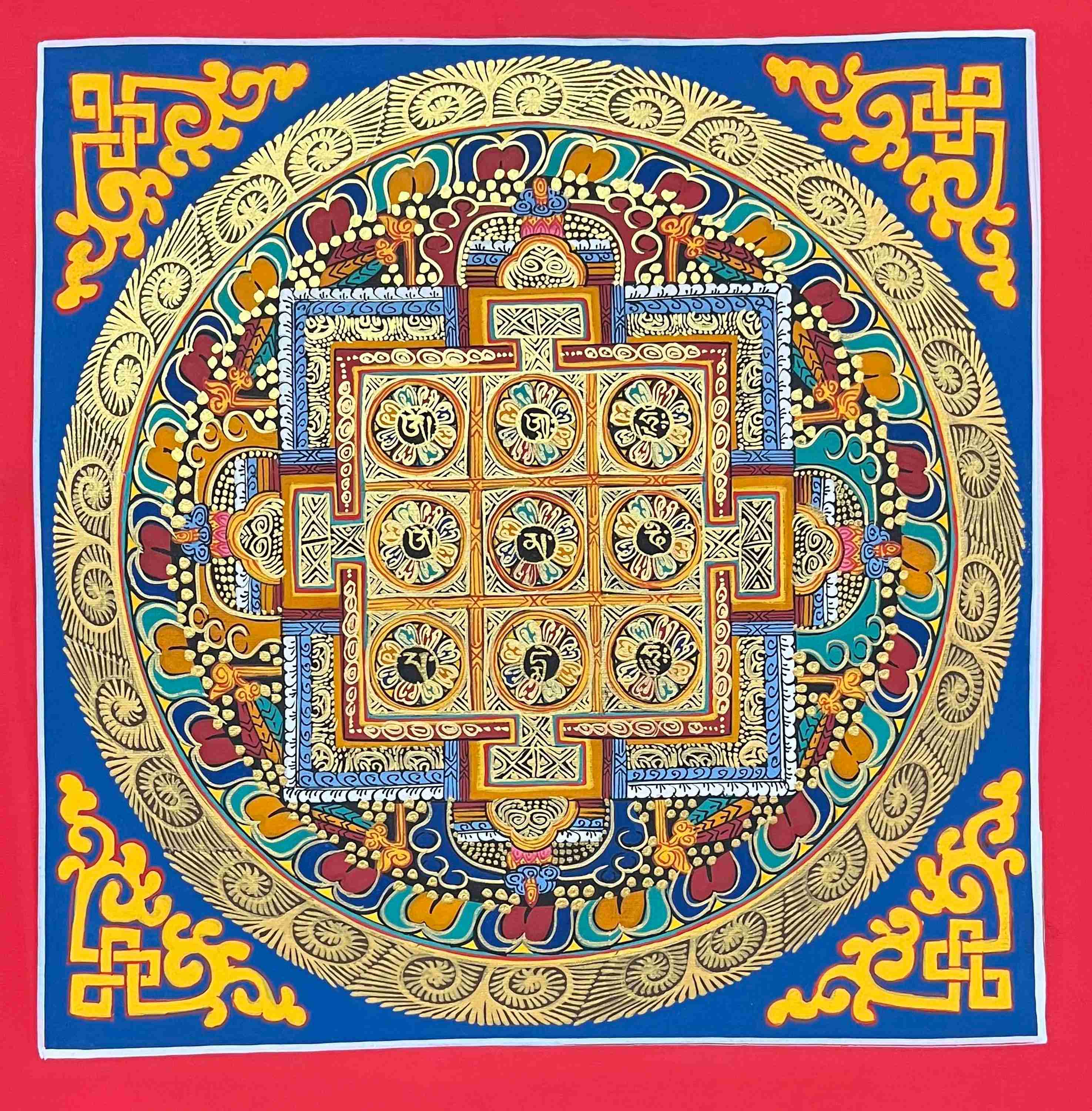 Hq, Buddhist Handmade Thangka Painting
Hq, Buddhist Handmade Thangka Painting  Good Quality,
Good Quality, 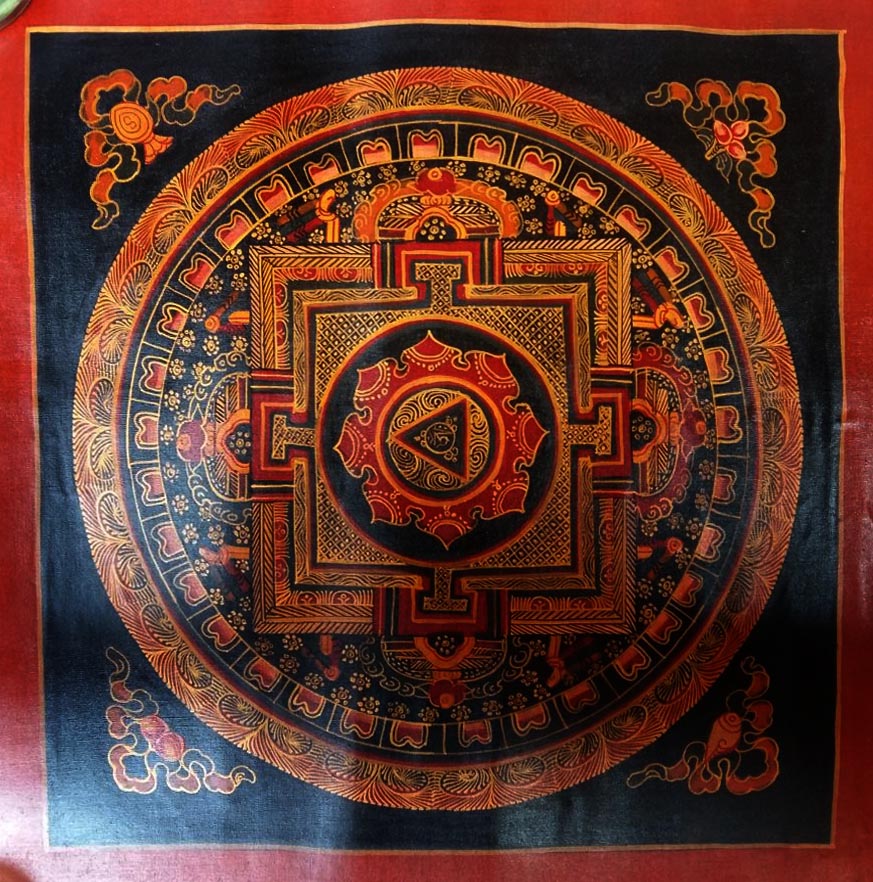 Oiled Thangka,
Oiled Thangka, 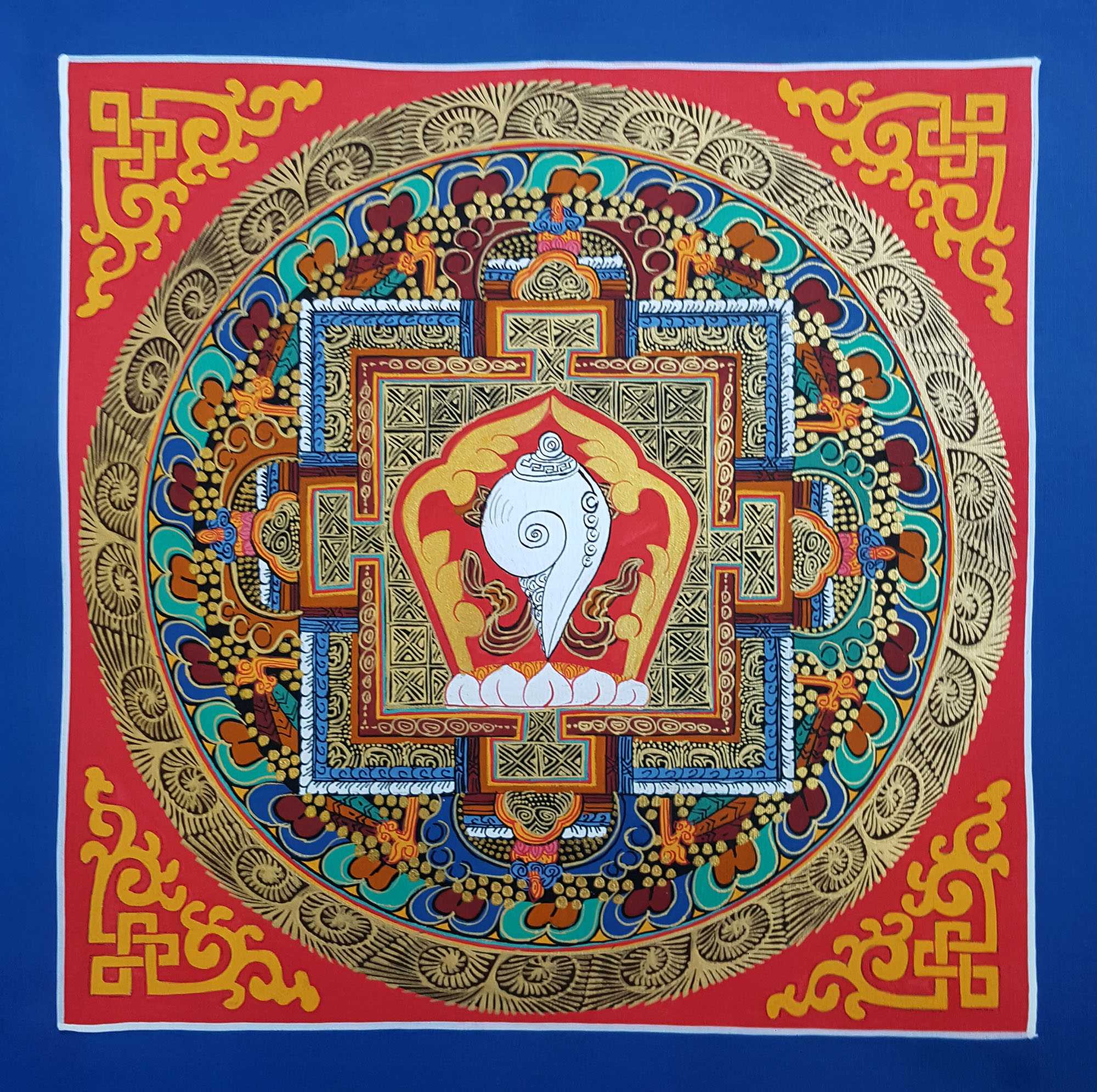 Good Quality,
Good Quality, 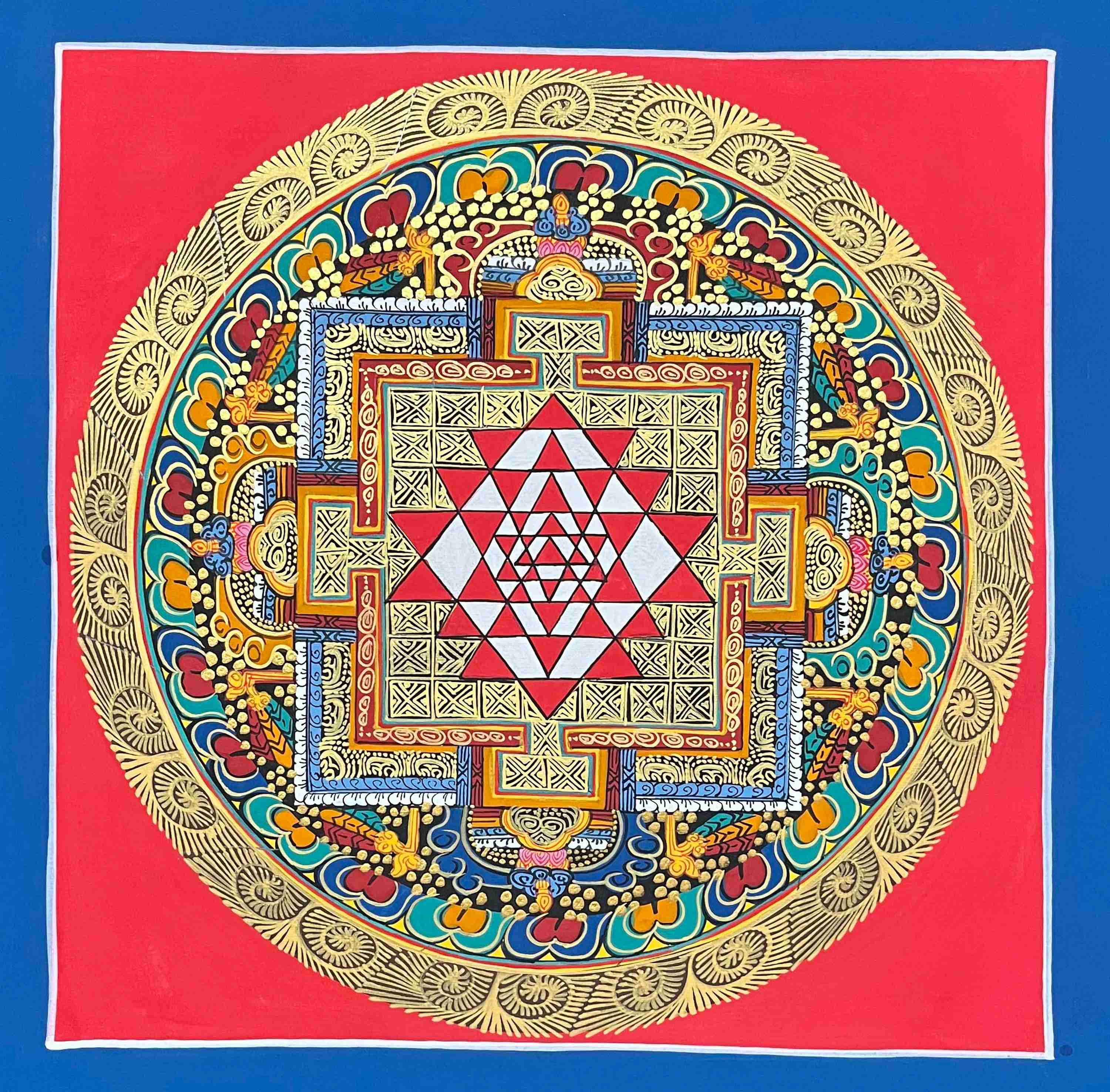 Hq, Buddhist Handmade Thangka Painting
Hq, Buddhist Handmade Thangka Painting